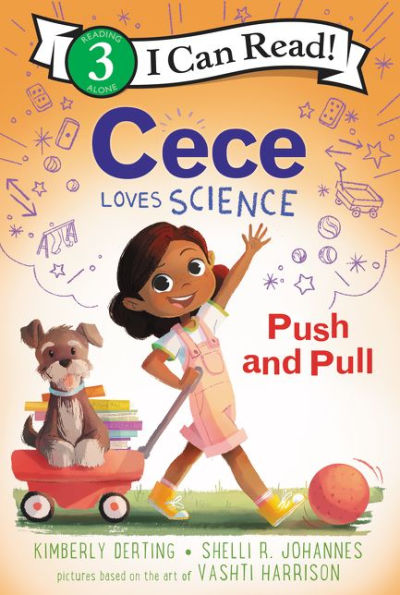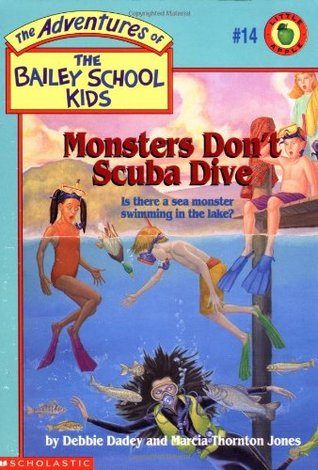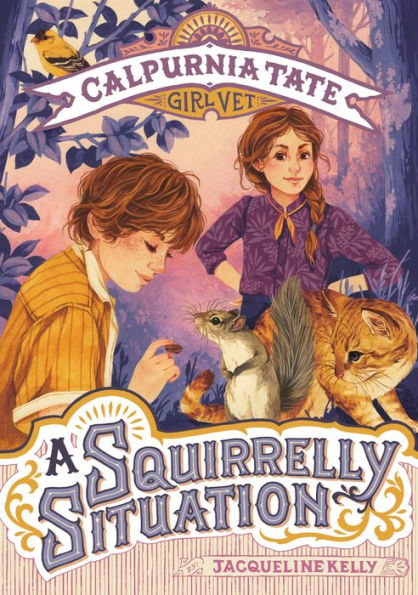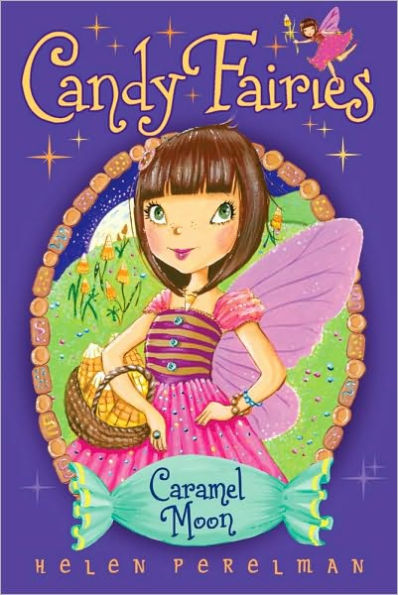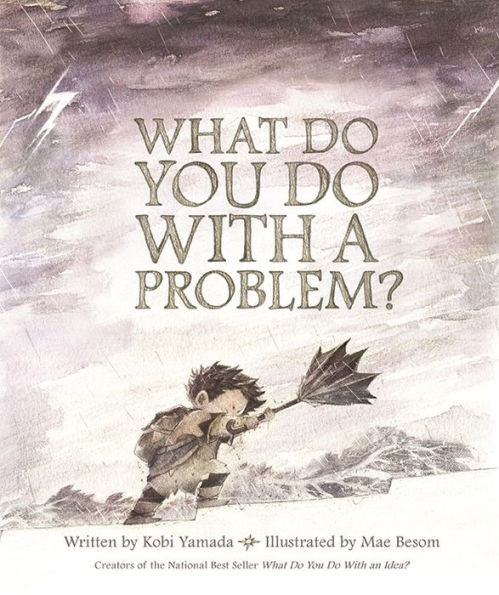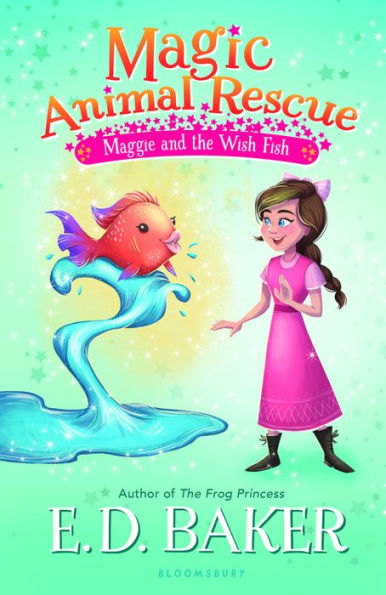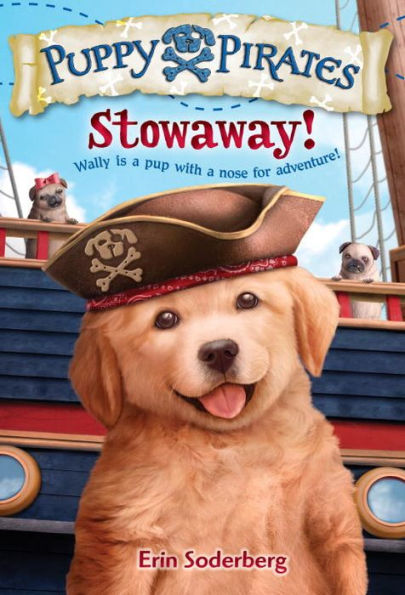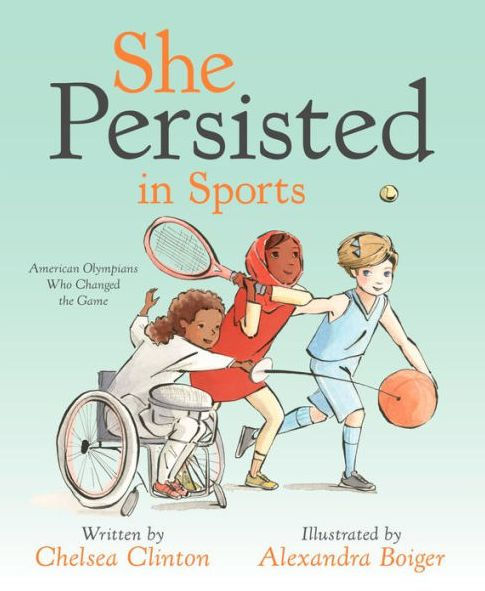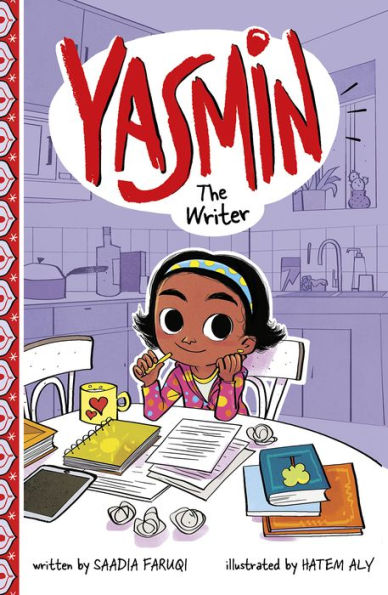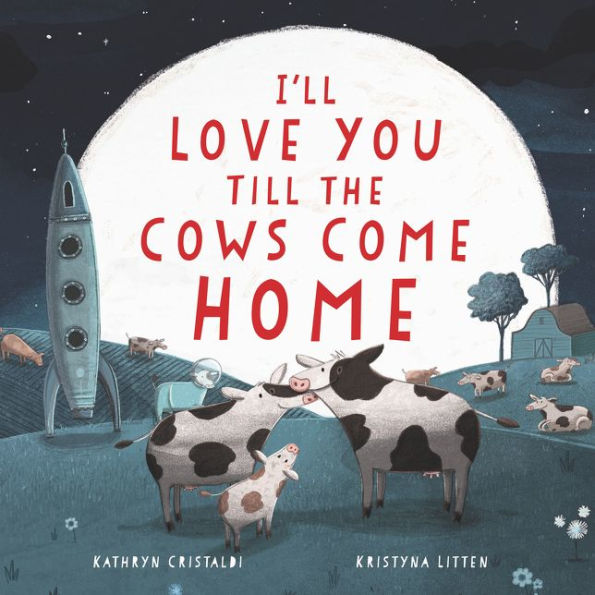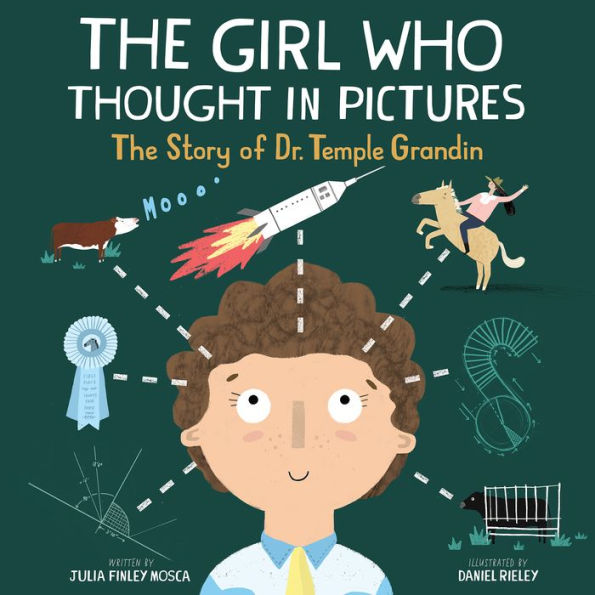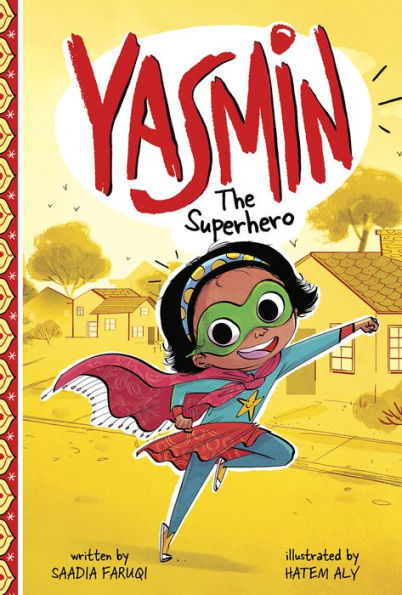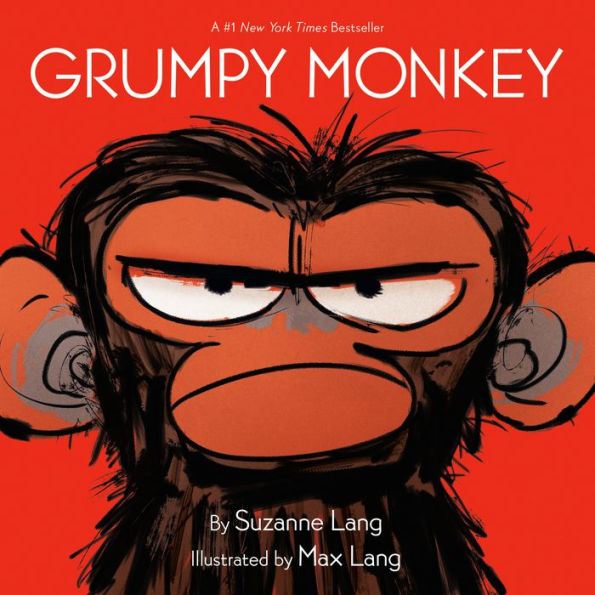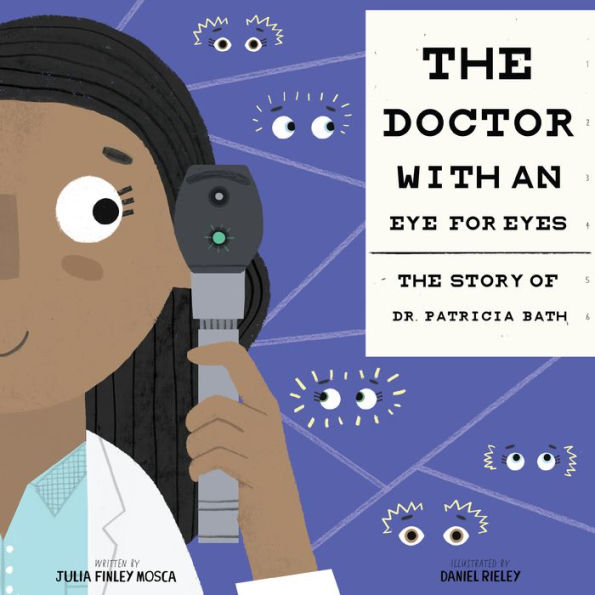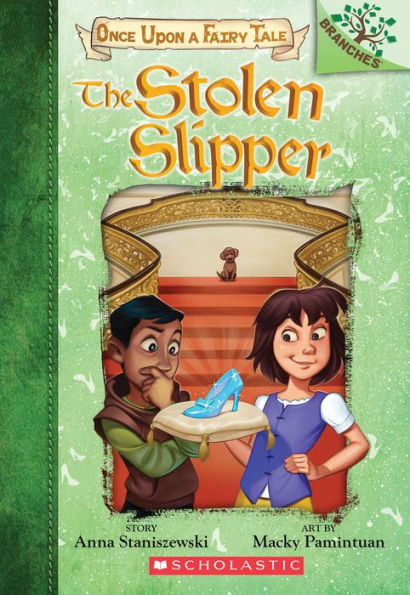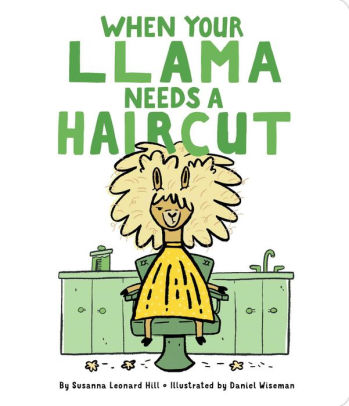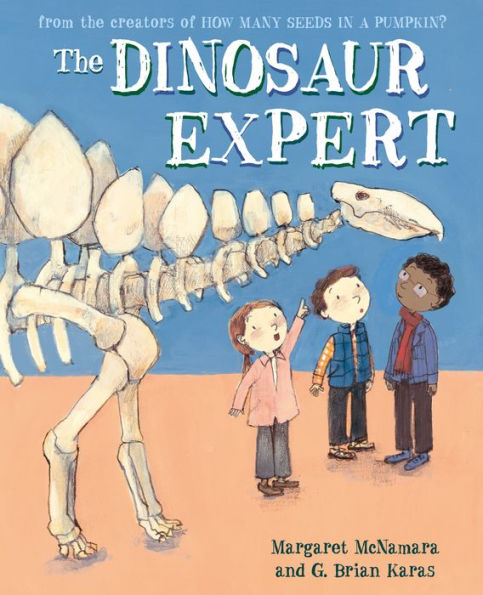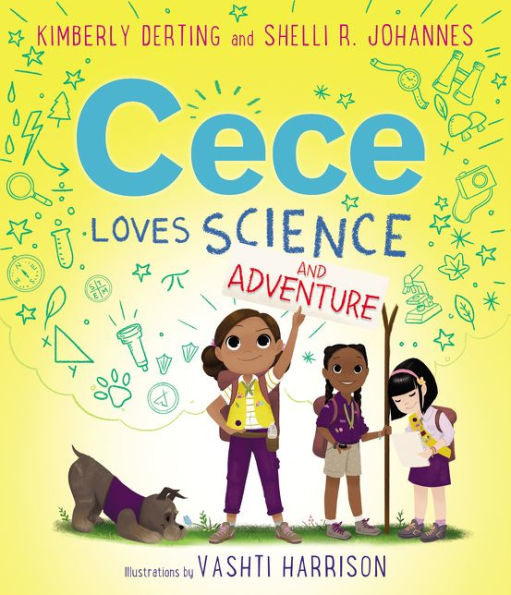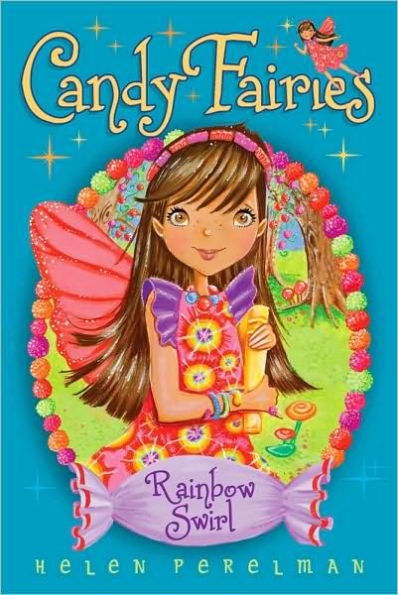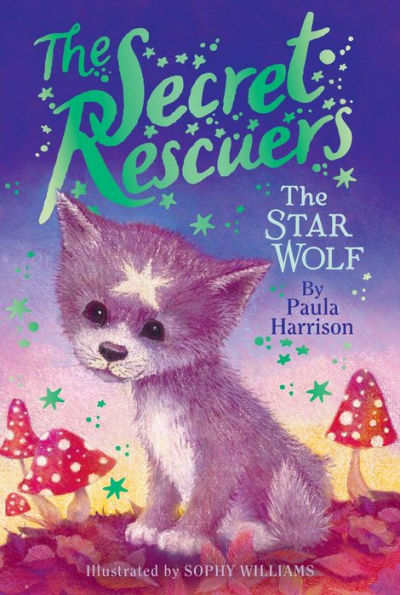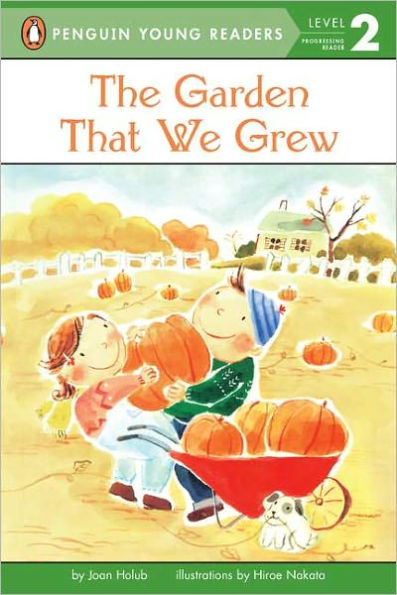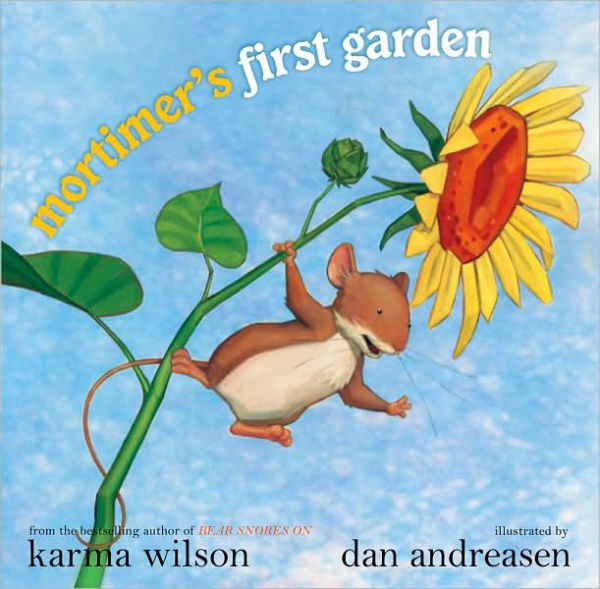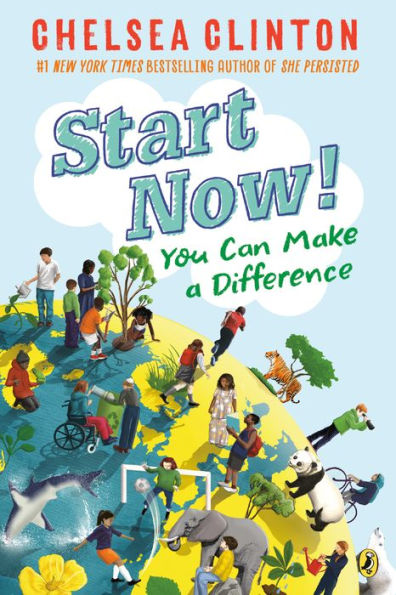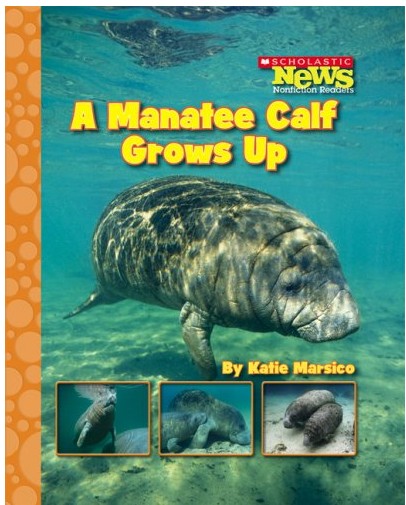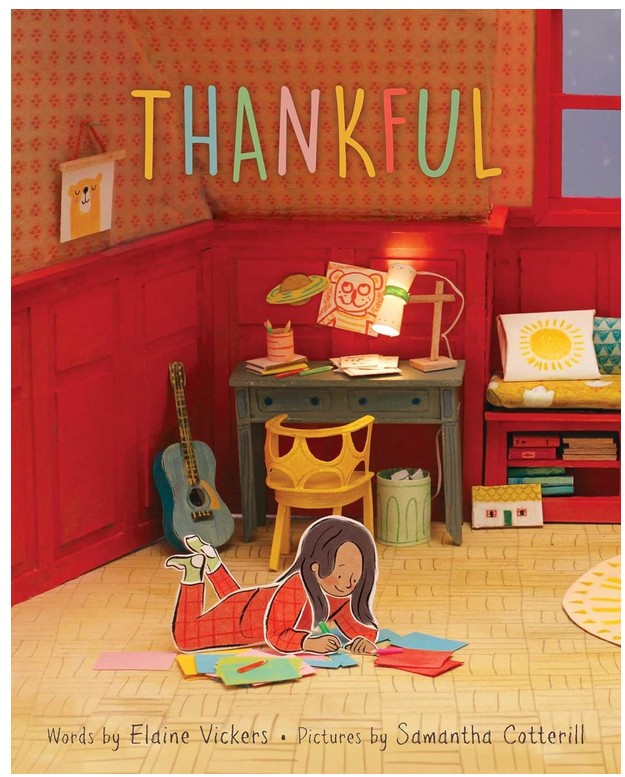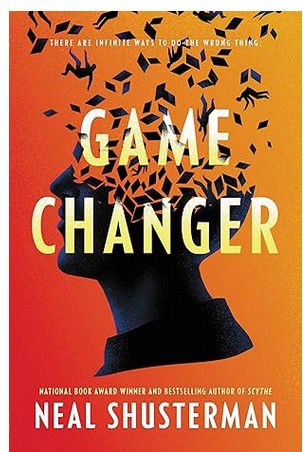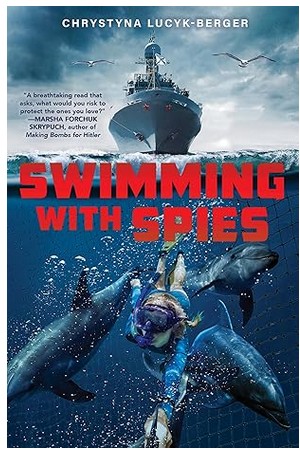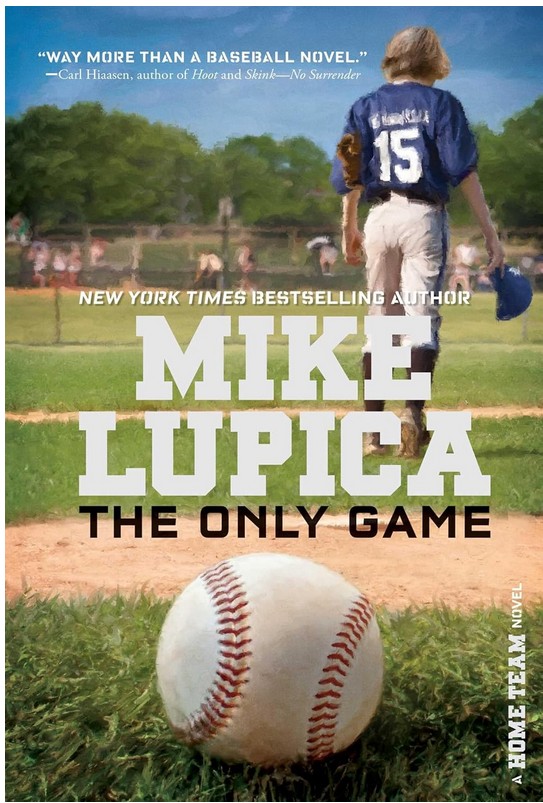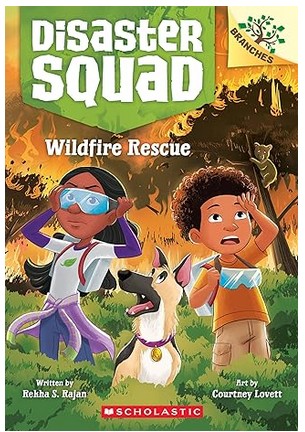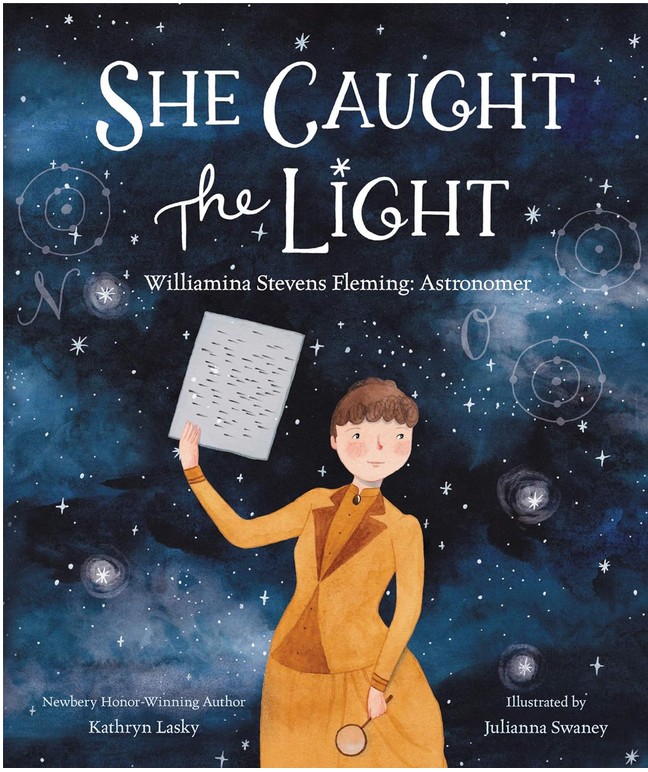Ms. Curie wants her class to conduct an experiment. The class is going to learn about forces that move objects in different ways. Cece is extra excited because her dog, Einstein, is going to be part of the experiment. Cece is partnered with three of her classmates, including her friend Isaac.
Ms. Curie gives each group supplies that include a toy dump truck, a marble, dominoes and doggie treats. The group works together until they find the best way to use all of their supplies. Einstein helps too! After trying different things, the kids build a contraption that gives Einstein a doggie treat.
Push and Pull introduces the concept of force and motion in a child-friendly way that is easy to understand. The story uses several examples and also gives examples of how readers can have fun with push and pull. The end of the book has a four-word glossary. Push and Pull is intended for independent readers who are ready for complex plots and challenging vocabulary. Each page has 2 to 6 short sentences which makes it accessible to young readers.
Push and Pull introduces science in an engaging way. Cece and her group work together and everyone contributes. Readers will love Einstein, who also shows how push and pull work. Each page has large, brightly colored illustrations that show the science experiment in action. By the end of the book, readers will be ready to try an experiment of their own.
With lots of examples and positive classroom behavior Push and Pull would make an excellent pick for any beginning reader. The Cece Loves Science Series will encourage readers to be curious about their world. Those looking for more science related fun should add the Jada Jones Series by Kelly Starling Lyons to their reading list.
Sexual Content
- None
Violence
- None
Drugs and Alcohol
- None
Language
- None
Supernatural
- None
Spiritual Content
- None
